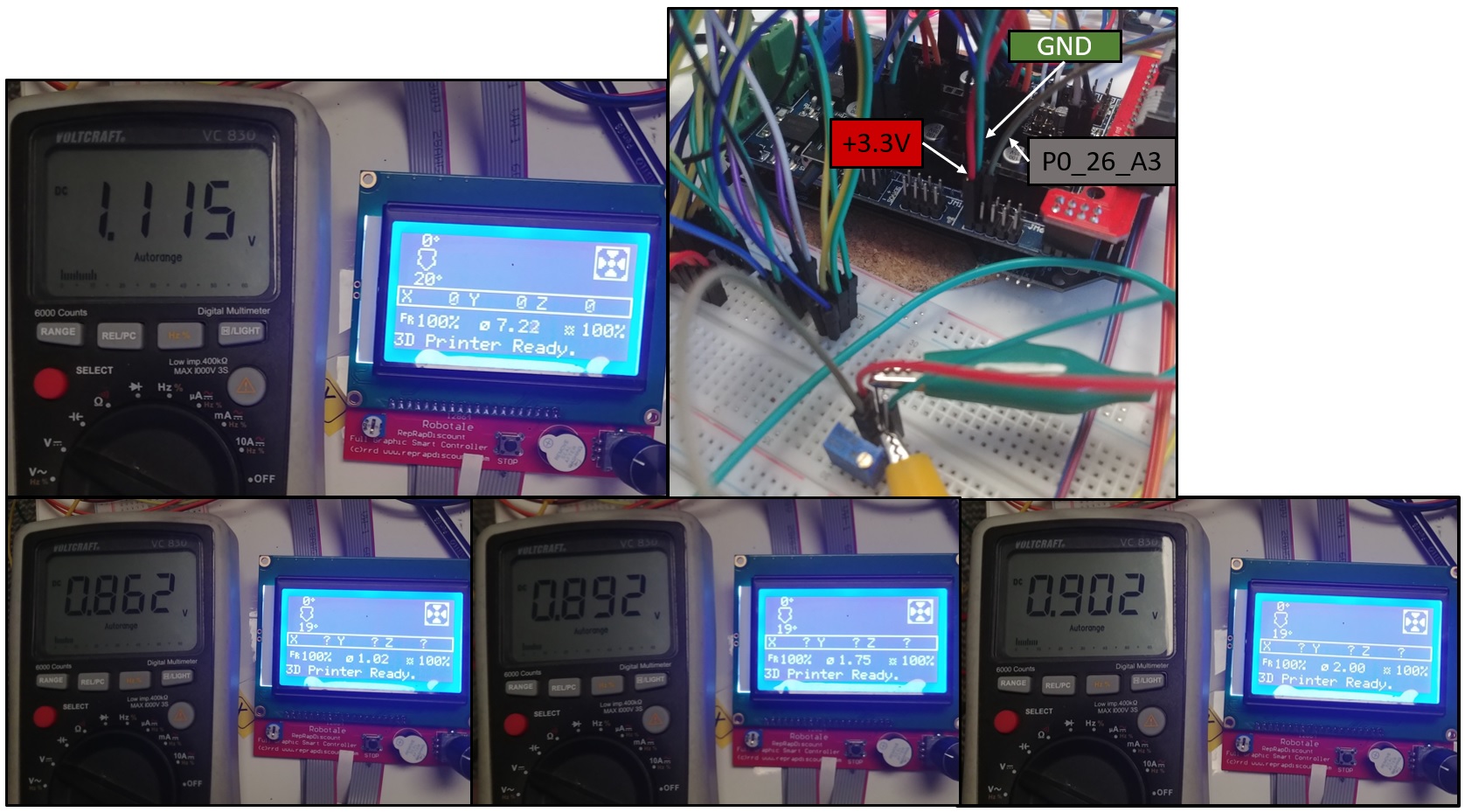

This can allow the user to capture more frequent information if desired, but also uses more battery. For example if a motion sensor detects movement, setting a re-arm time of 1 second allows the sensor to detect movement again in just 1 second. Time to Re-Arm allows the user to define how long an Event type sensor should take before it is allowed to detect another event. There is no manner by which Assessments can be converted to data points (except for the occassion in which the Assessment is triggering an Aware State Heartbeat). If an Assessment does not meet the triggering condition for an Aware Message, the Assessment is discarded. The more frequently your sensor takes assessments, the more responsively the sensor can detect an Aware condition, transmit an Aware reading, enter its Aware State, and start checking in with the Aware State Heartbeat frequency.
#REARM DEFINITION SOFTWARE#
Reading type sensors also support “Assessments per Heartbeat”, where the sensor will wake up, gather data and compare it against conditions set for the Aware State, and if conditions are met, send that information to the software immediately (otherwise the sensor goes back to sleep). Standard (unaware) messages are queued on the gateway until the next gateway heartbeat (default gateway settings). Also, messages flagged as aware cause the gateway to communicate to the server immediately. Setting the aware state heartbeat to a quicker interval allows the user to receive more frequent sensor information and/or notifications until the sensor reports a condition that is back in the normal operation range. Once in the aware state, the sensor will operate based on the “aware state” settings.

For reading type sensors, the user sets the conditions that must be met for a sensor to enter it’s aware state (also used for “Assessments per Heartbeat”). For event type sensors, the detection of an event automatically triggers the aware state. The aware state allows the sensor to function at a higher level when certain conditions are met. Since Monnit sensors are often monitoring for events that require immediate detection, an Aware State reading allows for this to occur.Įvery sensor has an aware state function. The Aware State of Monnit sensors allows for a sensor reading to be transmitted to Monnit software immediately when a preconfigured condition is detected. This is what allows the gateway to transmit Aware readings immediately to the iMonnit portal. Note: In order to immediately transmit an Aware reading, the gateway must have the “On Aware Messages” setting (also known as Force Transmit on Aware) set to “Trigger Heartbeat” (set to On). Reading type sensors use the heartbeat as their set interval for gathering and sending information. Event type sensors use the heartbeat function to tell the system that they are still active (and will report the current sensor state as well as signal strength and battery status). The default Heartbeat for sensors when they are assembled is 120 minutes, but this is configurable.Įvery sensor has a heartbeat regardless of the type of radio behavior. Rather than streaming data through the sensor’s radio which would rapidly deplete the sensor batteries, Monnit sensors transmit readings to their gateway in intervals called Heartbeats. Since the radio hardware of the sensor consumes significant power, part of this design includes the strategic radio transmission of sensor readings.


Monnit sensors are battery operated and have been accordingly designed to operate with efficient use of battery power. iMonnit Premiere also includes Advanced Sensor Settings, such as Aware State Heartbeats and Assessments which are not available to iMonnit Basic accounts. In order to achieve a more frequent minimum heartbeat of 10 minutes using iMonnit Online, a paid iMonnit Premiere subscription is required.
#REARM DEFINITION FREE#
Note: Minimum heartbeats using the free Basic iMonnit Online subscriptions are 120 minutes. Second, there are “Reading” type sensors that work on a timed basis to wake up at set intervals, gather data, transmit the data, then go back to sleep until the next interval. First, there are “Event” type sensors that respond immediately to an event as it occurs (think of event type sensors as yes/no data). To start, there are two types of sensor radio behaviors associated with Monnit wireless sensors. This article will outline this operation. There are a few components and configurations which allow for this operation to occur. This term refers to an operating state of the sensor that allows for a condition detected by the sensor to be reported immediately when it is detected. Monnit sensor operation is based on a concept called the Aware State.


 0 kommentar(er)
0 kommentar(er)
